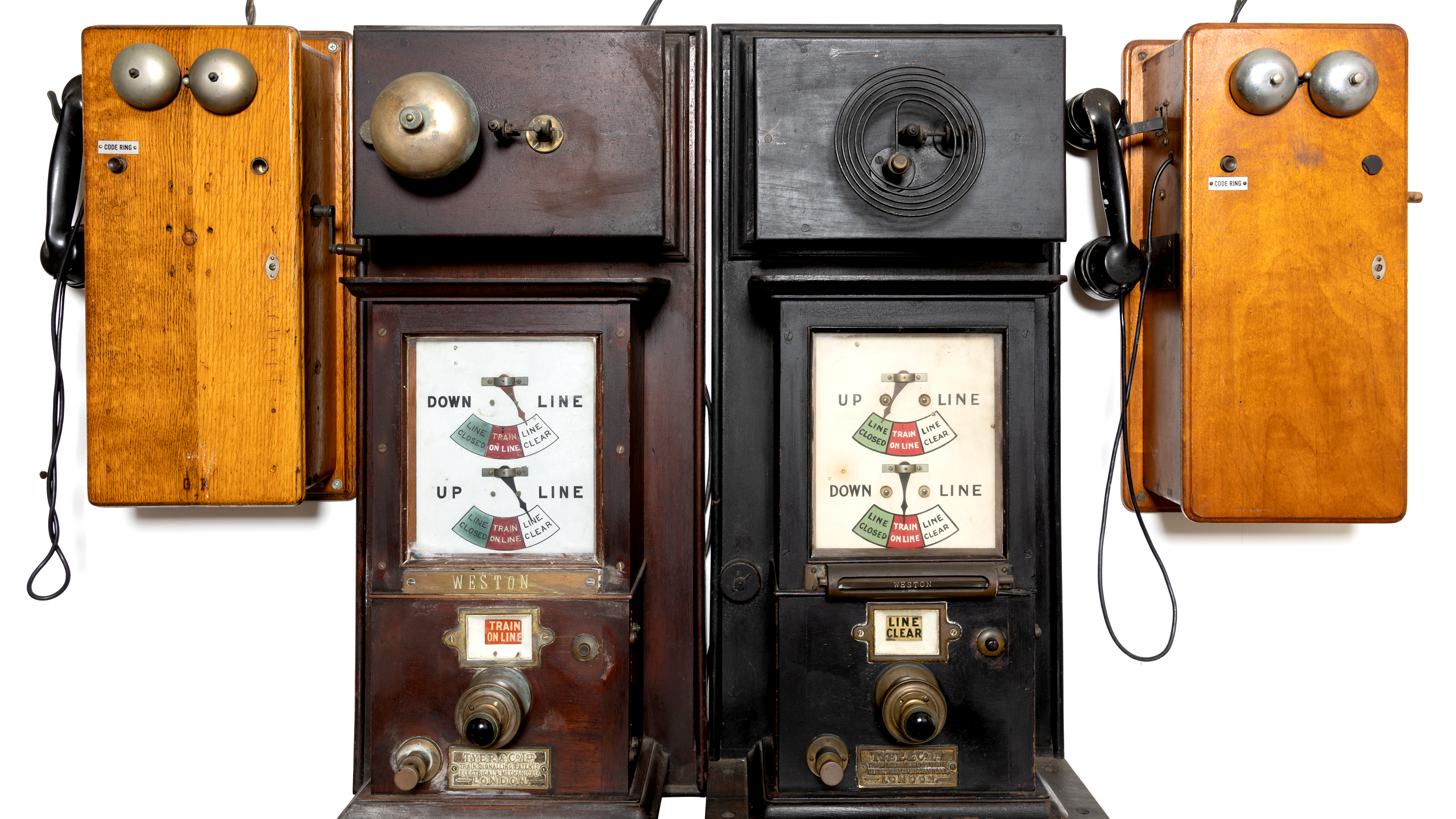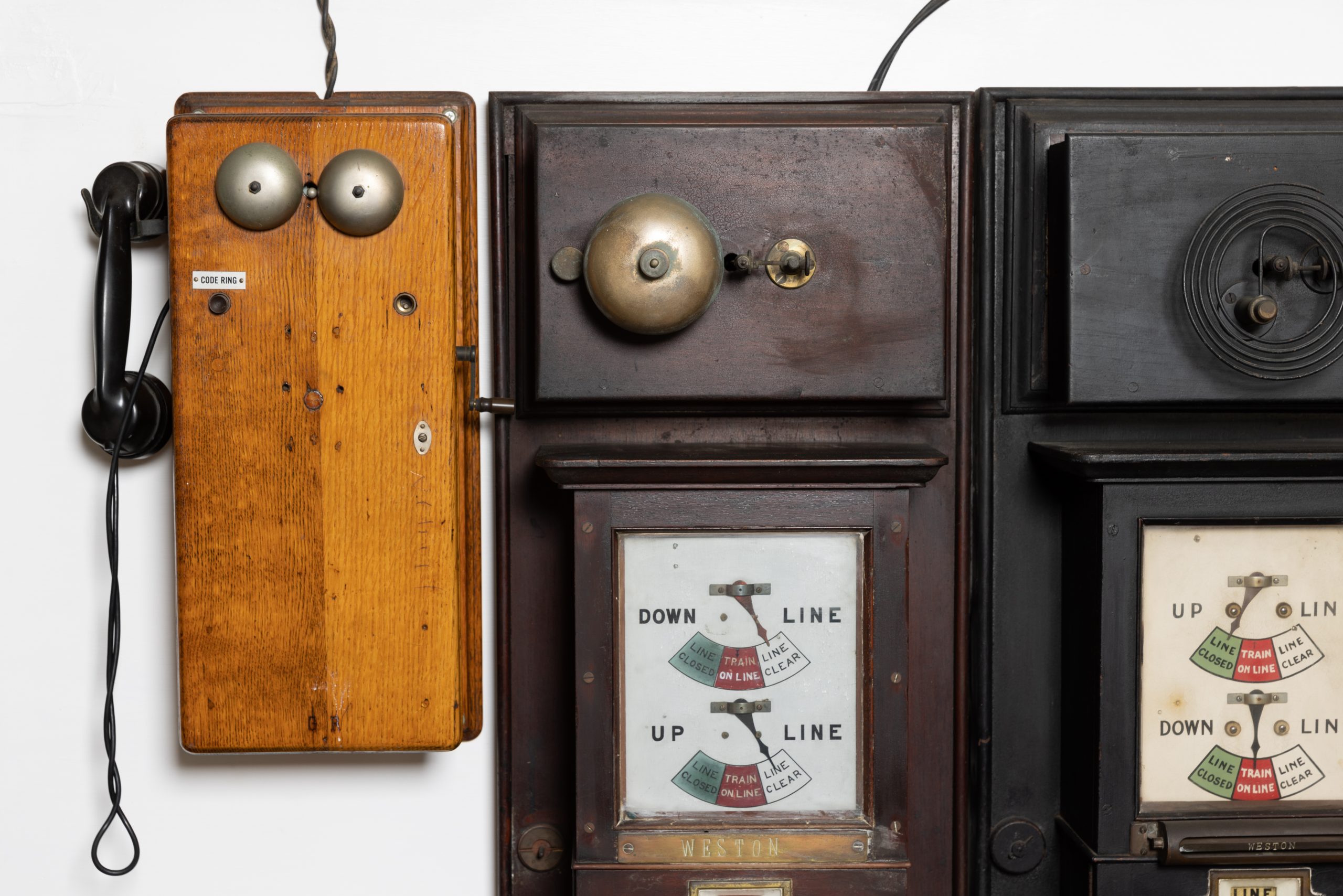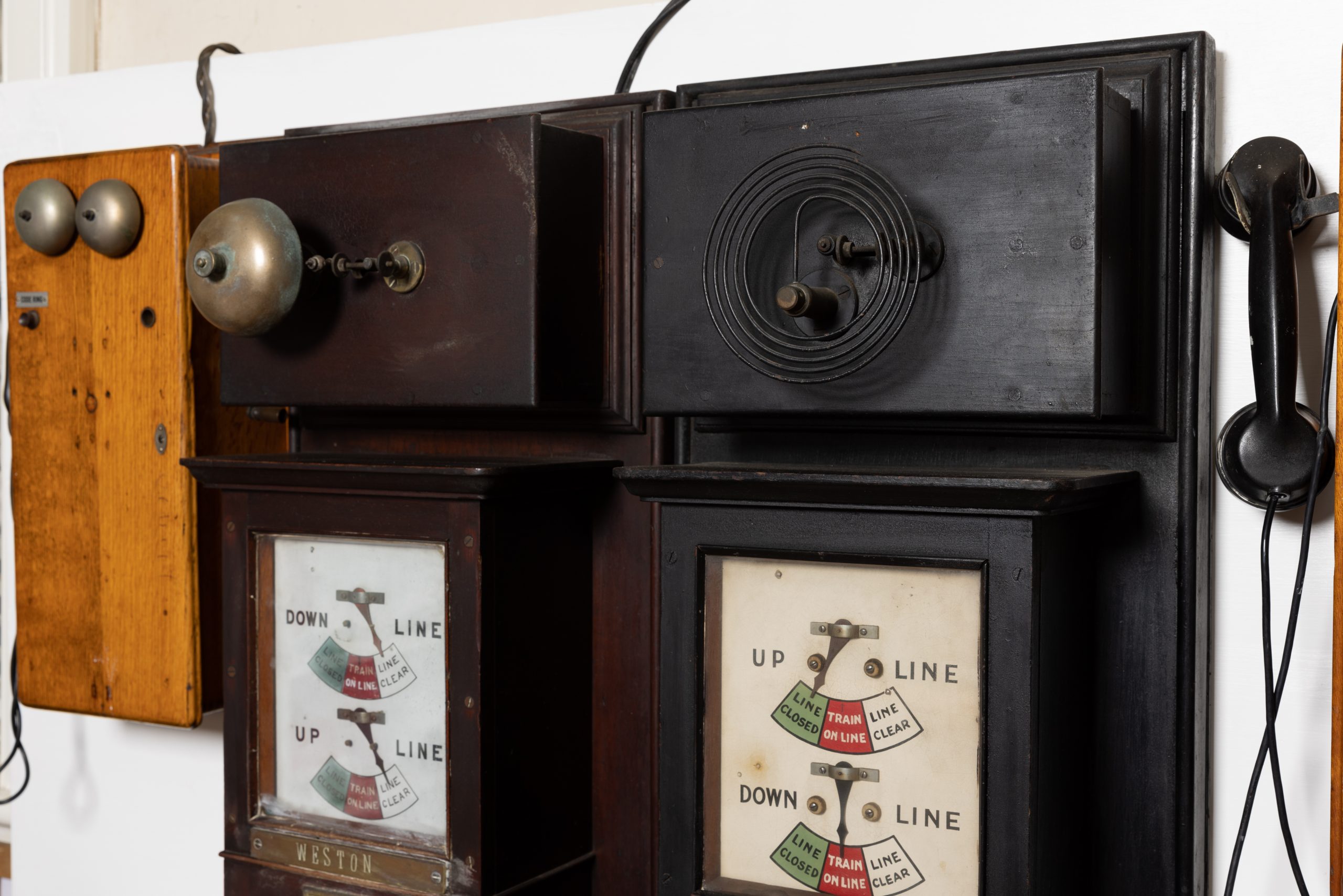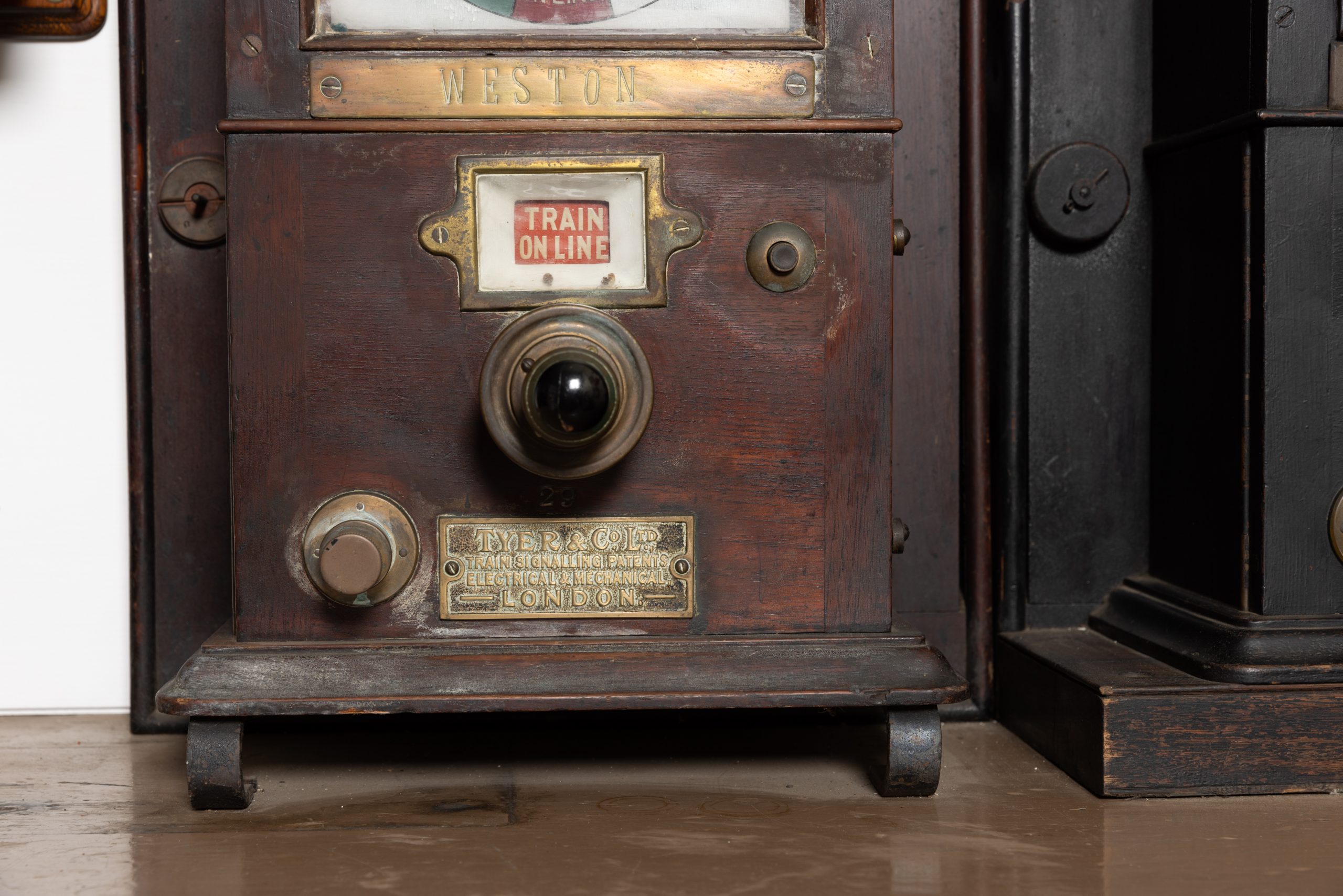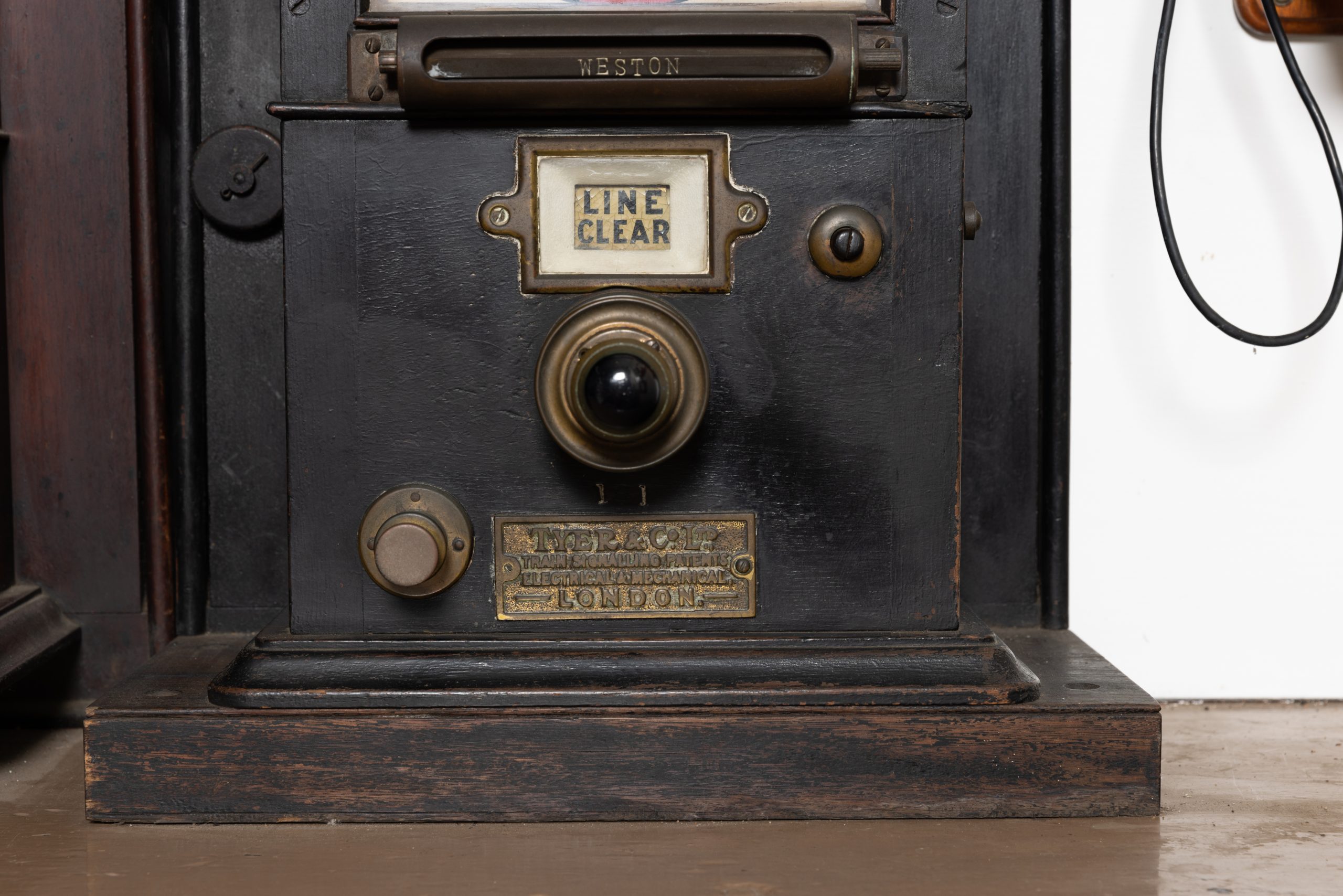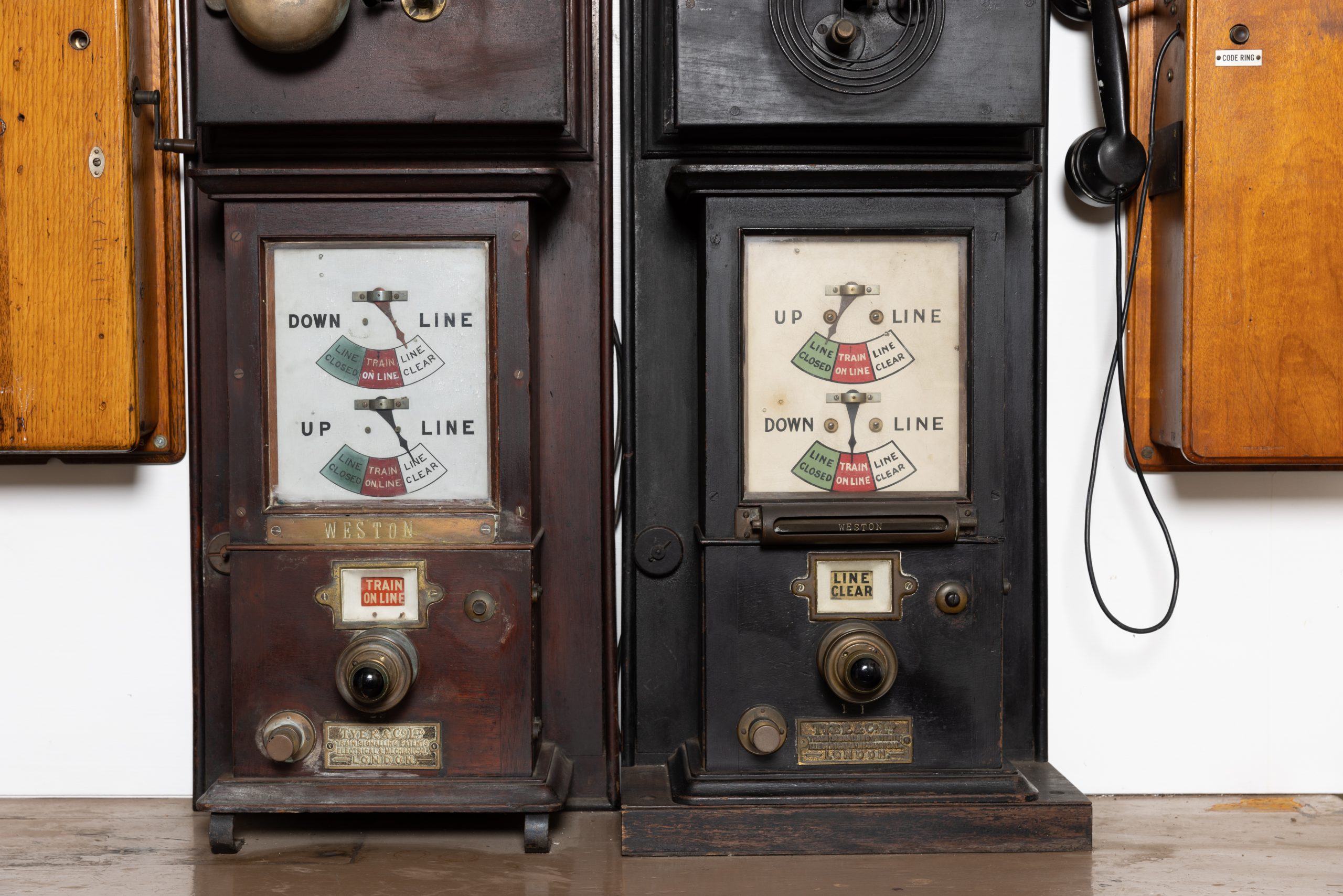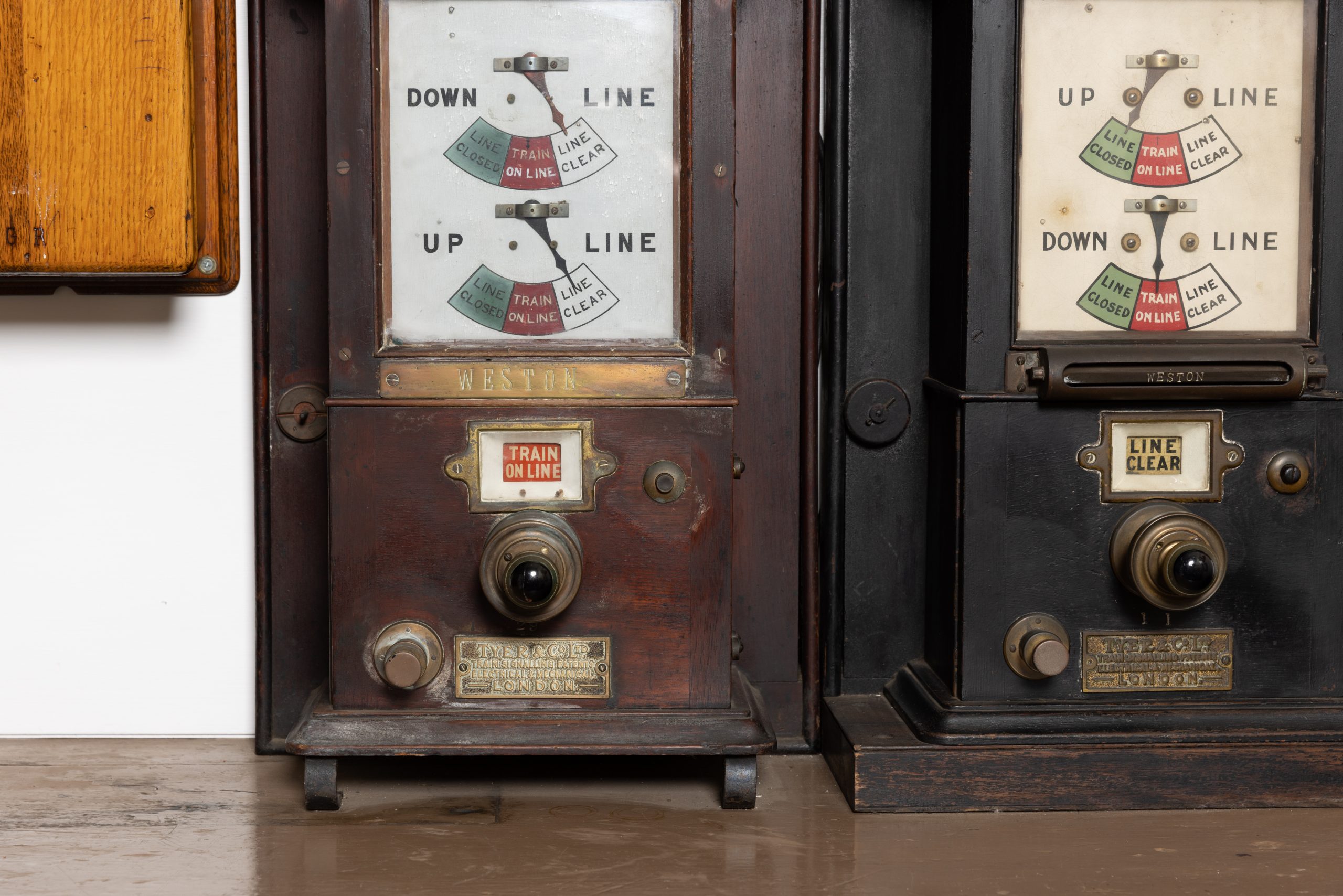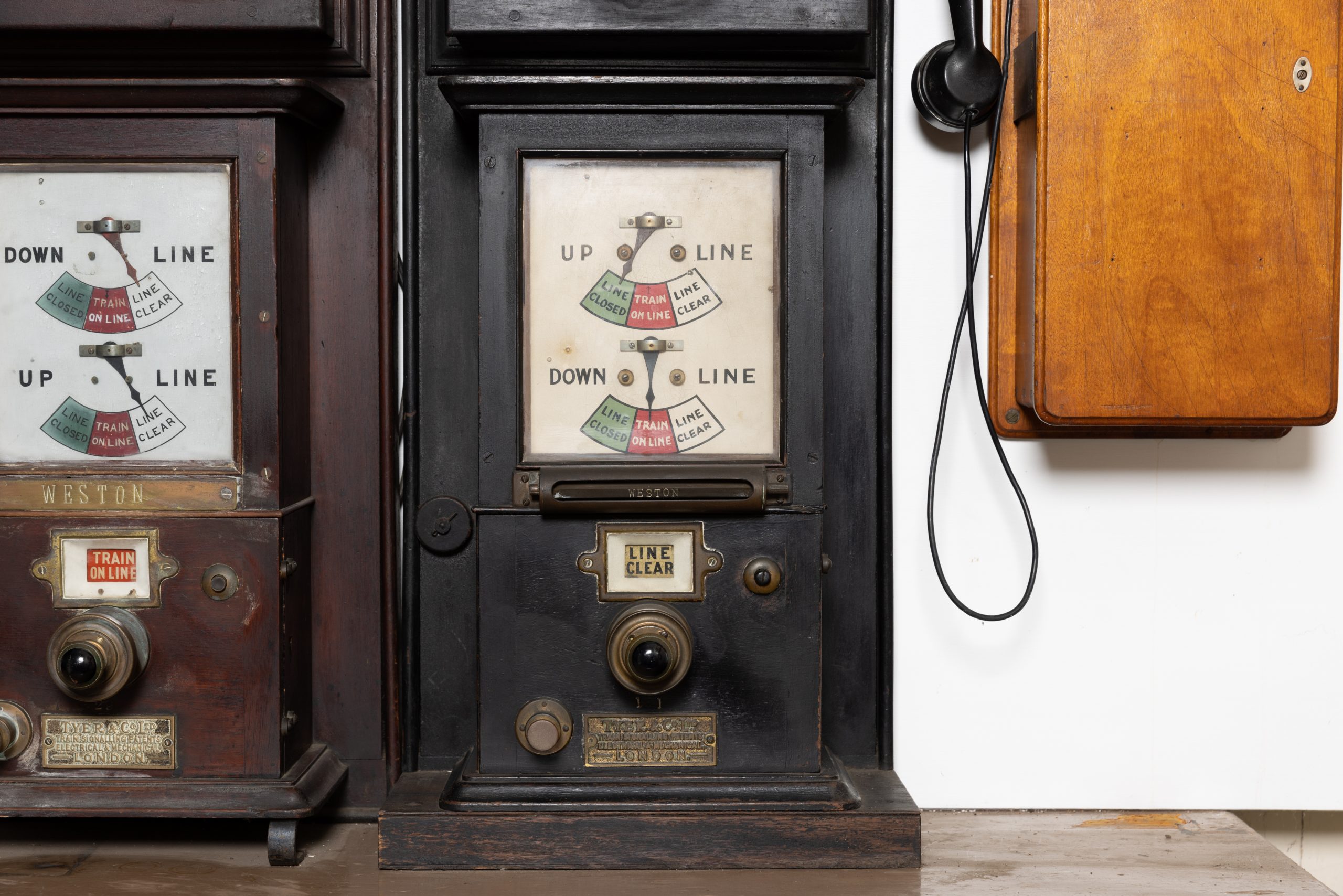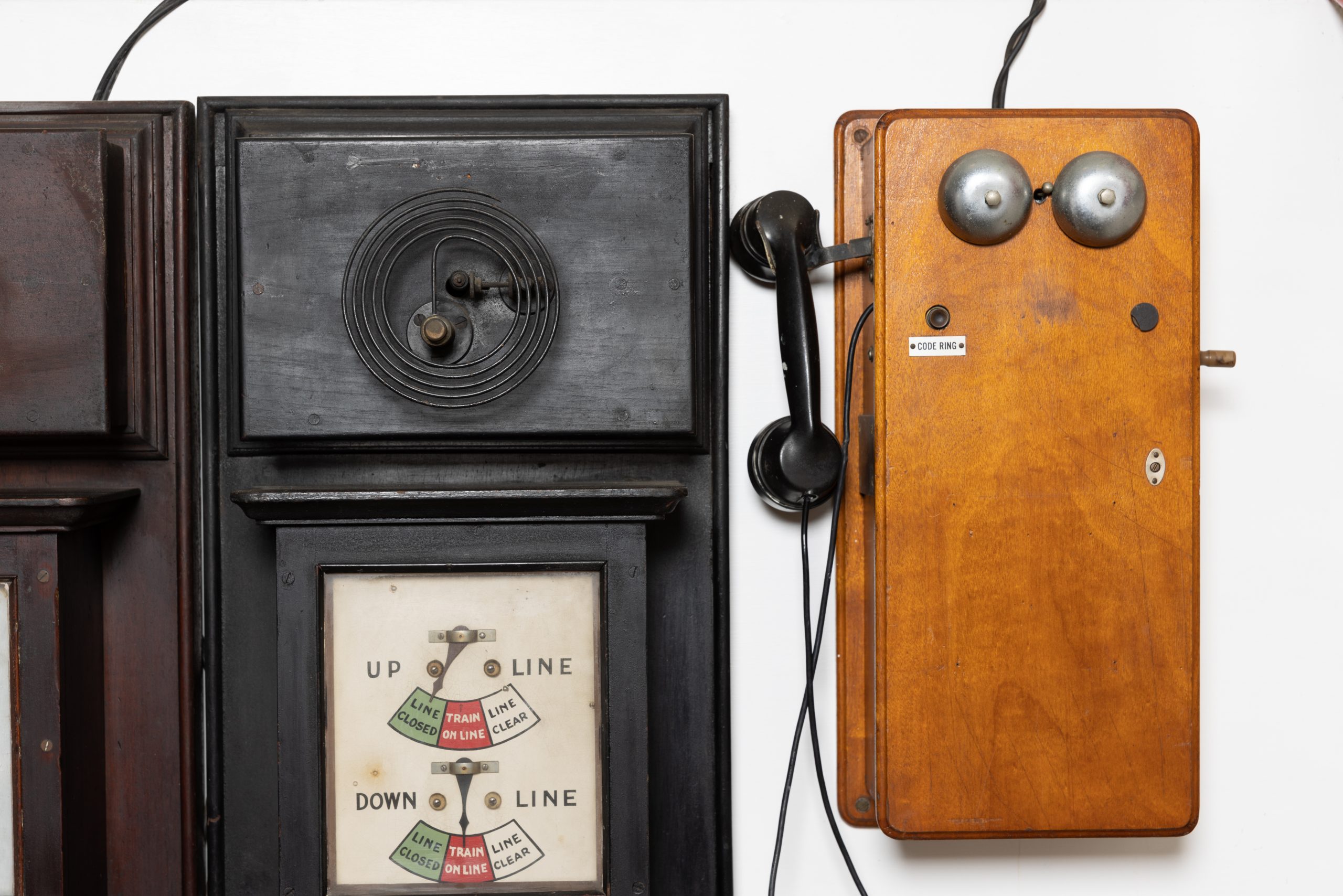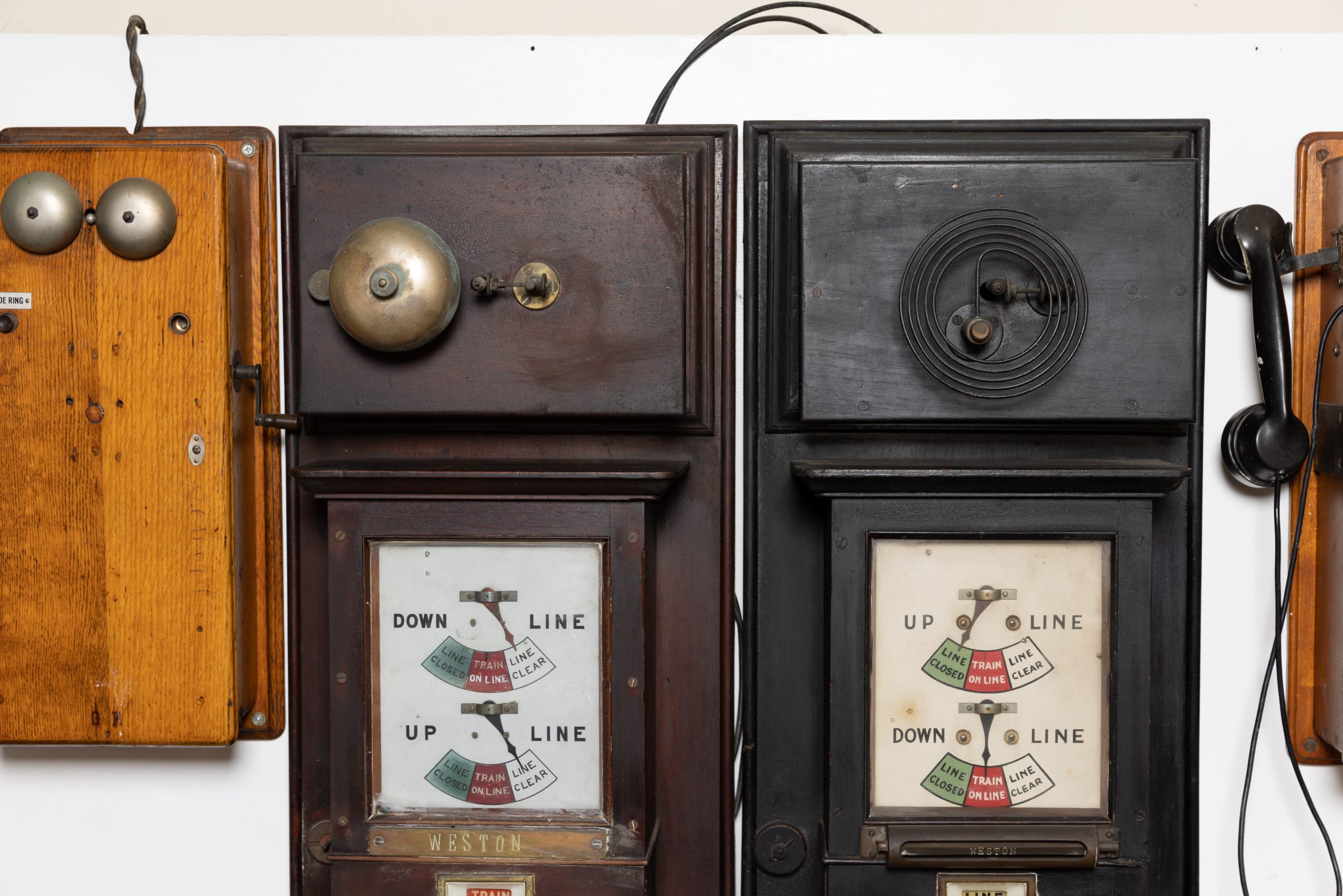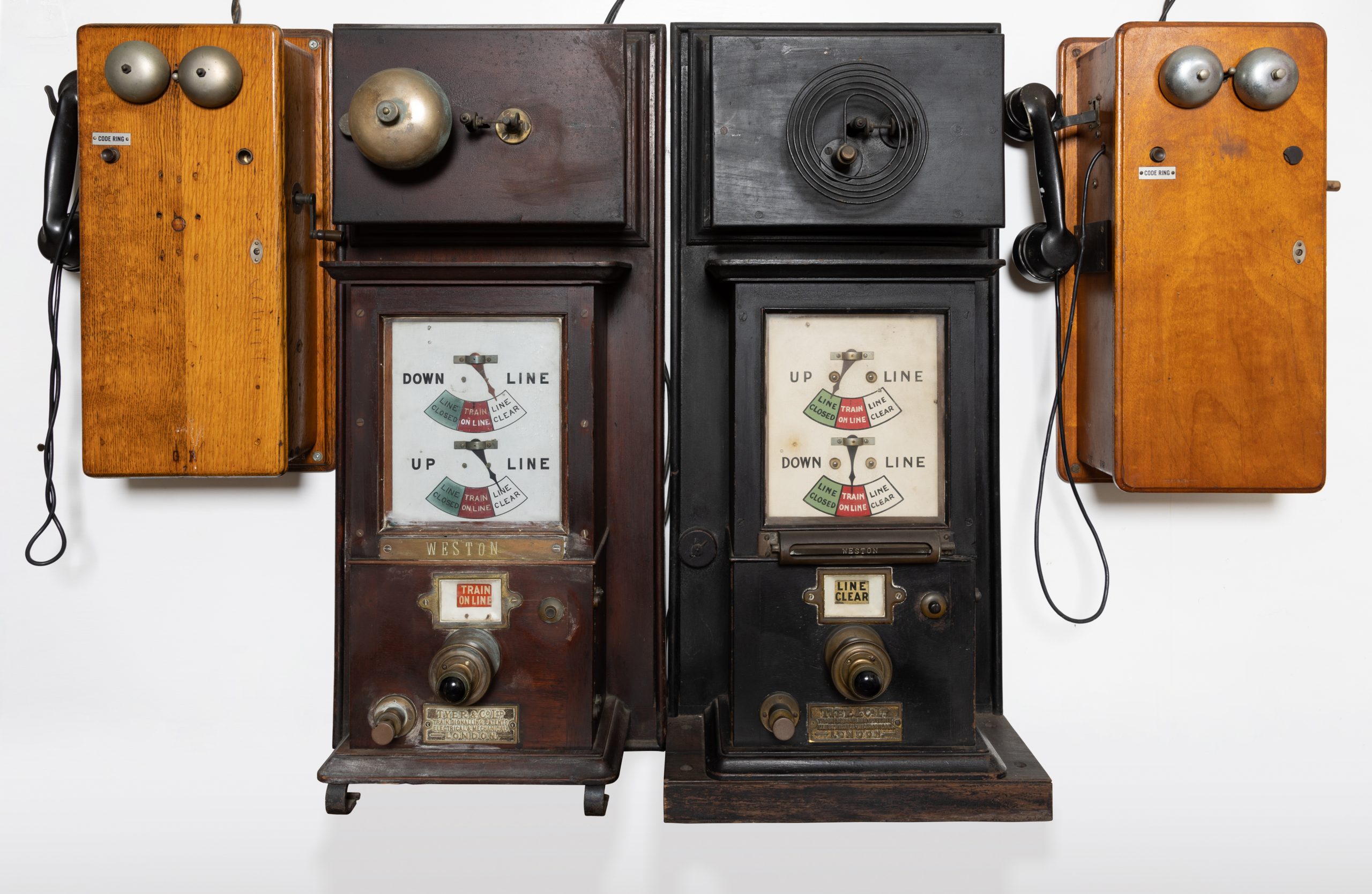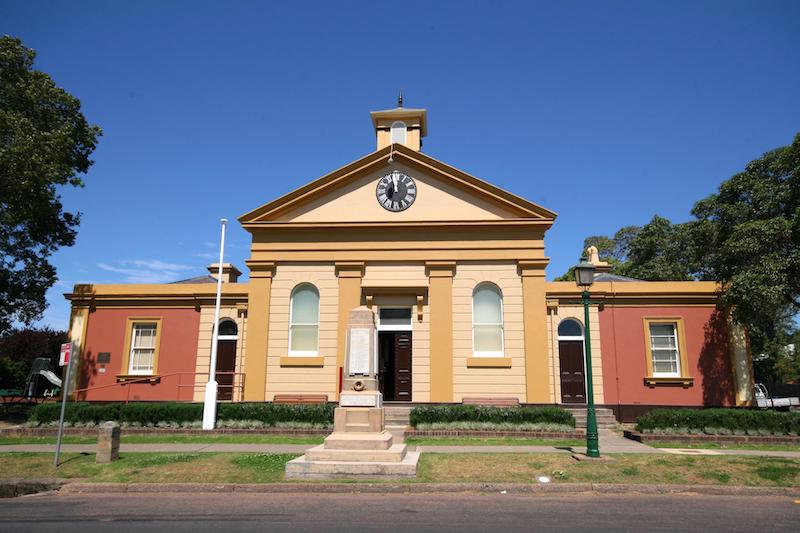Watching the Dials
Railway Signalling and Saving Lives at Weston Station
At 6.50pm on a Tuesday evening in May, 1931, Henry Bewes, a track interlocking inspector on the South Maitland Railways was found lying between the lines near the Weston Station signal box, shockingly injured and unconscious. Inside the signal box, these contraptions, with their dials, wires and bells, and the 20 signal levers they operated, had been installed in 1909 and were designed to prevent tragedies like this. But for Bewes, who was seen at the signal box at 5.45pm, they seemed not to have served their purpose. It was suspected he had been hit by a train.
The small weatherboard signal box was located about 35 metres from the Weston train station, near Kurri Kurri, which had opened in 1903, on the Aberdare railway line. The box was installed about the same time as a loop line and double track with interlocking gear, needed to handle the heavy traffic of trains carrying coal and passengers to and from the Hebburn and Abermain collieries. An operator sat in the box for long shifts, watching the dials and working the signalling system. It would have been lonely, tedious work, but at least the box had a fireplace to keep him warm in winter.
In 1906, when the Maitland Daily Mercury remarked that the line had been free of accidents, it spoke too soon. The lack of bridge made the lines hazardous to cross for the townspeople and in 1907 a carriage jumped the rails, wrecked other vans, and nearly dragged the train into the creek. Again in 1935, a carriage derailed near the station, and yet again in 1953.
Manufactured by Tyer & Co Ltd., London, the train signaling system was invented in 1874 to improve railway safety, after a British railway disaster left 21 people dead. The instrument’s electromagnetism created spaces between trains on the line, reducing the risk of crashes. When the needle on the dial pointed to ‘Line Closed’ the operator knew that it was safe to approach the tracks, but red indicated there was a train on the line. A bell inside sounded a code which identified the type of train approaching.


